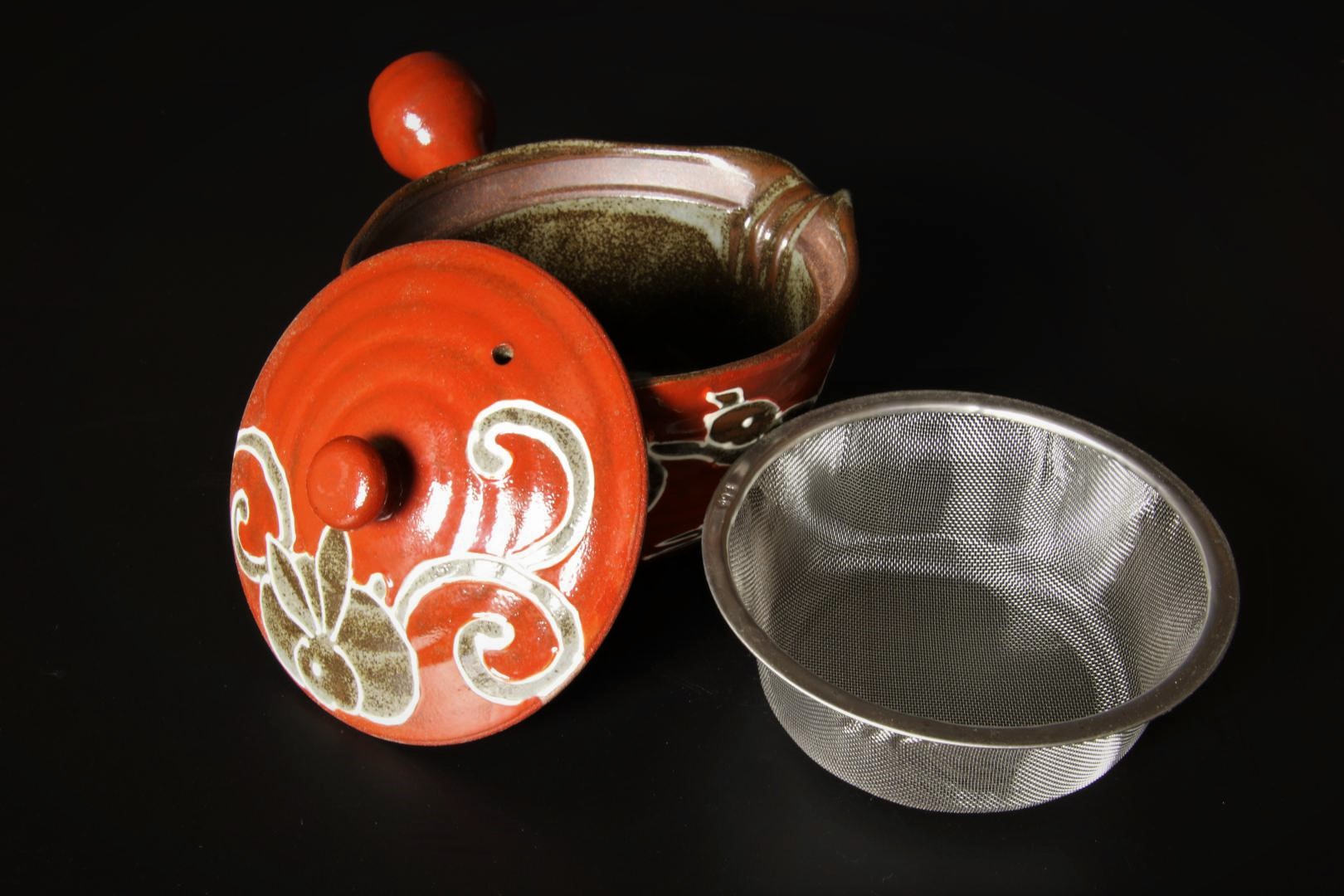Choose the Chaki that matches your tea. The material of the Chaki can be porcelain or pottery. The porcelain type is best for Gyokuro (refined top-grade green tea) and Sencha (middle-grade green tea) to best enjoy the color of the tea because the inside of porcelain Chaki is typically clean white. On the other hand, the pottery type can retain heat best. The color and design of pottery Chaki is a warm style. For those reasons pottery Chaki is often used for warm tea such as Bancha (coarse green tea) and Hojicha (roasted green tea).
Cha-wan (tea bowl) can be divided into three categories: Kumidashi, Tsutsu, and Futatsuki. Kumidashi is shorter than the other two. It has a wide opening to increase the aroma of the tea. Tsutsu ja-wan, also called Yunomi ja-wan, is a taller and it can retain heat. Futatsuki cha-wan has a cover. It is usually used for guests because it has an elegant appearance. Depending on the type of tea and the occasion, please try and enjoy different type of Chaki.




































































